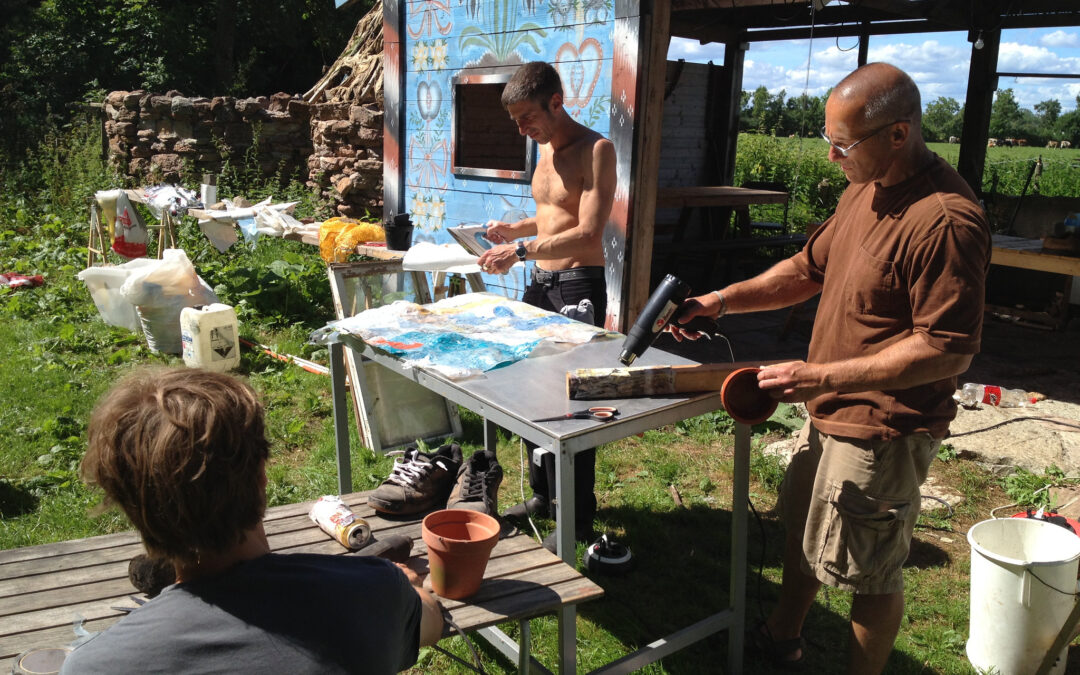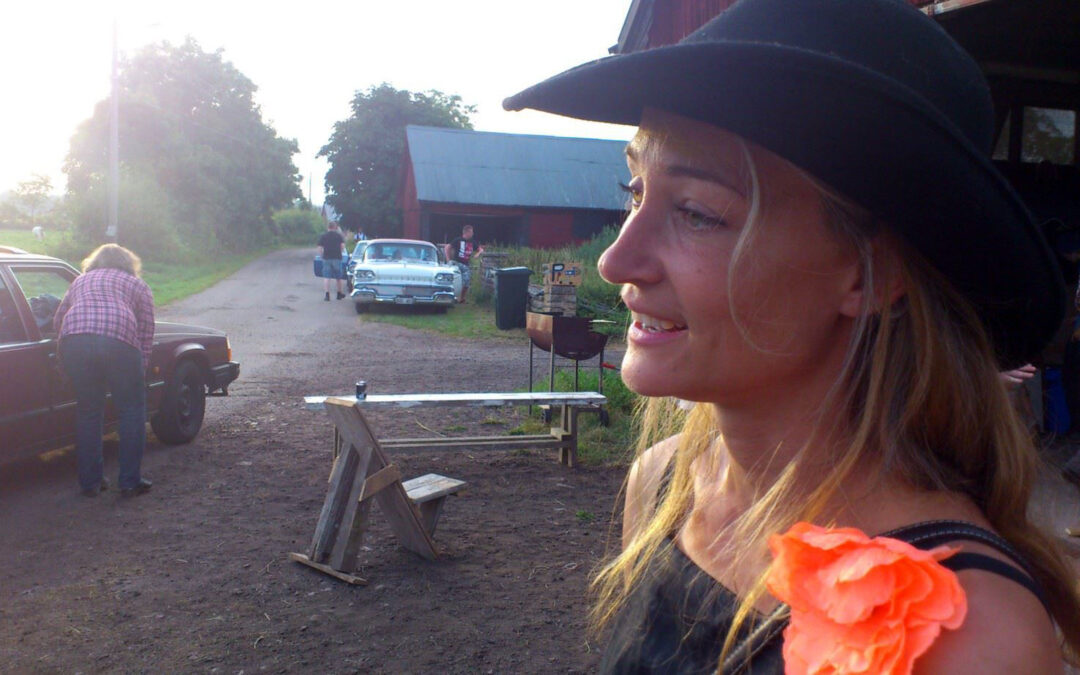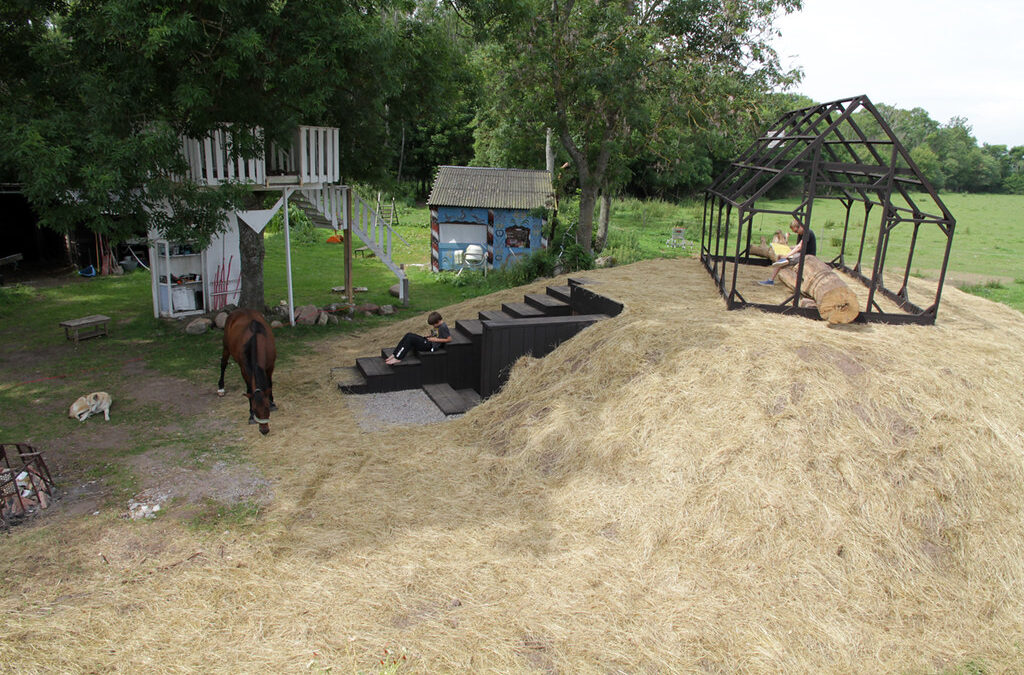
Guerilla Composting Ny Ork
Guerilla Composting Ny Ork
Curated by Eva Bakkeslet
New Ork is an arena to get inspired by sustainability and green thinking and practice initiatiated by Osebakken Green Neighborhood in Porsgrunn in collaboration with Grenland Artgallery (Norway). The goal is to see how new knowledge and aesthetic experiences can inspire and create a foundation and understanding of sustainable ways to collaborate and develop urban areas. http://evasnews.blogspot.se/2013/09/ny-ork.html
GUERILLA COMPOSTING, FEED-BACK PORSGRUNN
On the stone planet Earth, a layer has been added since the beginning of life, 3.9 bil -lion years ago:
our between 5 and 20 cm thick layer of top-soil. In this thin layer, the major part of all biological activity
of Earth is going on. Through our various actions we are either nourishing or depleting this layer.
The interaction of microorganisms in the topsoil and life above means without exaggeration
everything for life’s further progression. The lack of organic matter brought back to the soil in modern large scale farming is rapidly
destroying invaluable top-soil worldwide, putting the whole foodproduction of the future at risk.
Recent years guerilla gardening is a fantastic movement, addressing many of the problems connected to industrial agriculture
and urban – rural disconnection.
For Porsgrunn, Kultivator will make an action of“guerilla composting”, that adds to this practice,
and encourages people to feed – back nutrition to the ground they live on.































